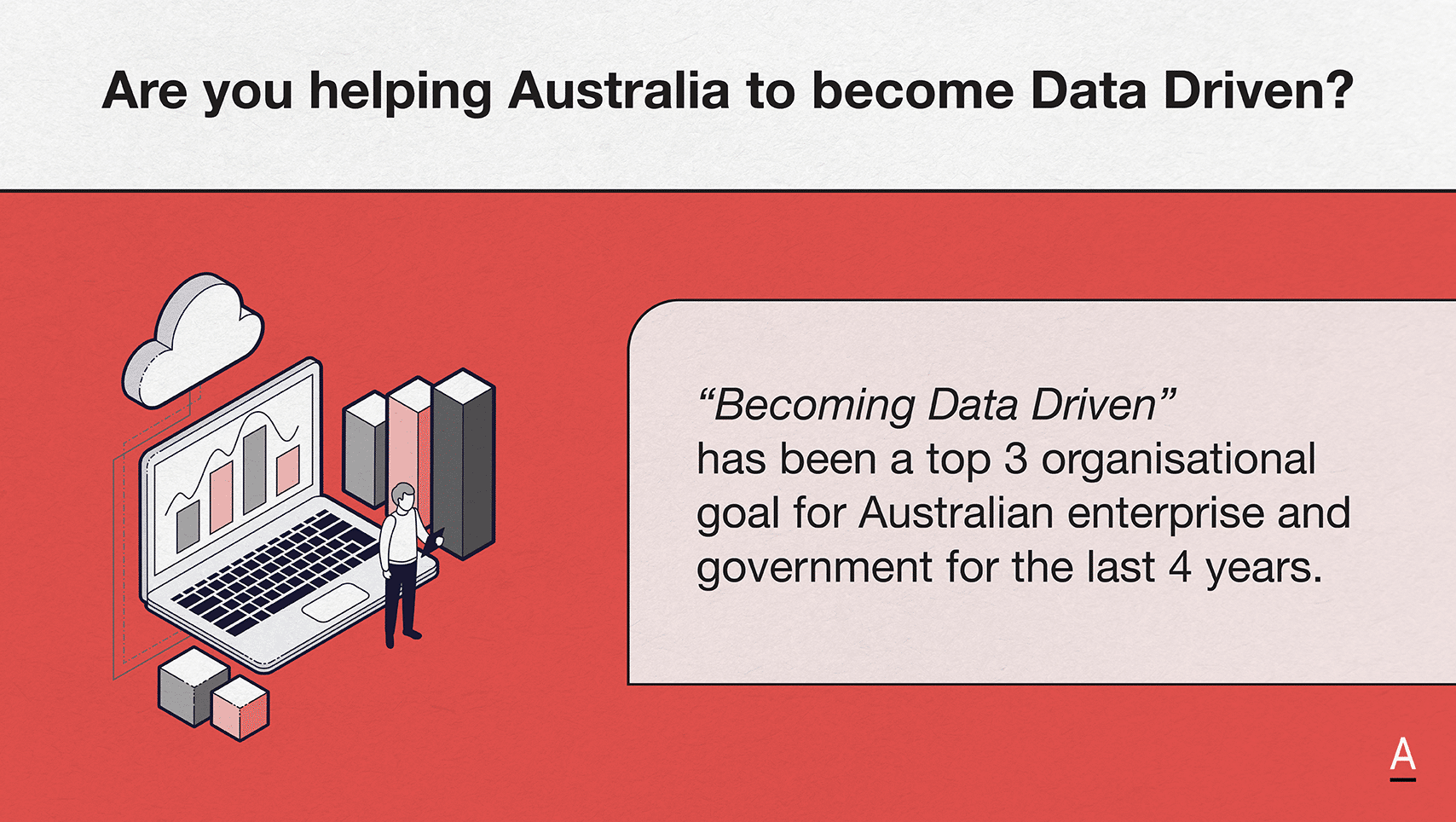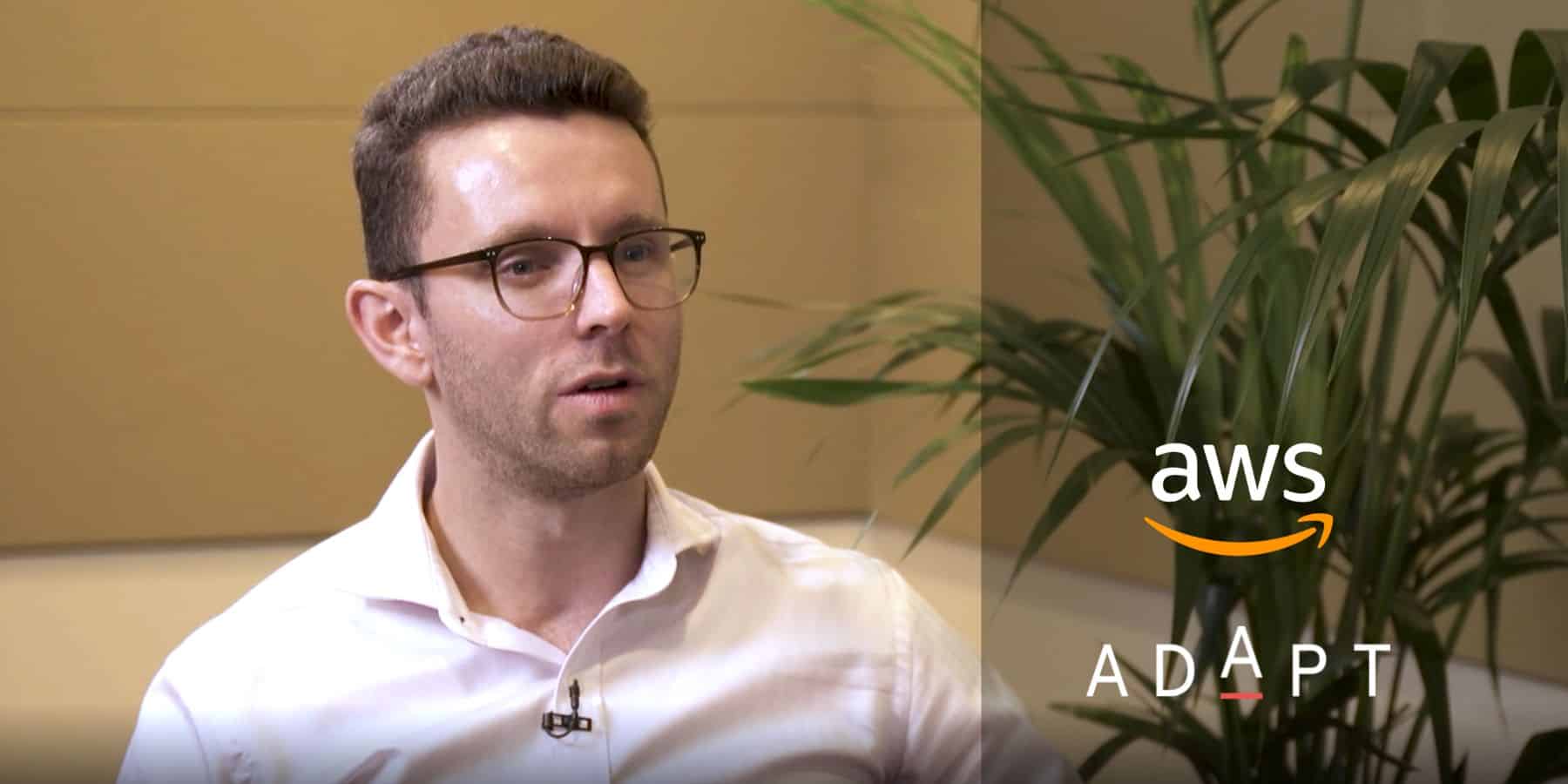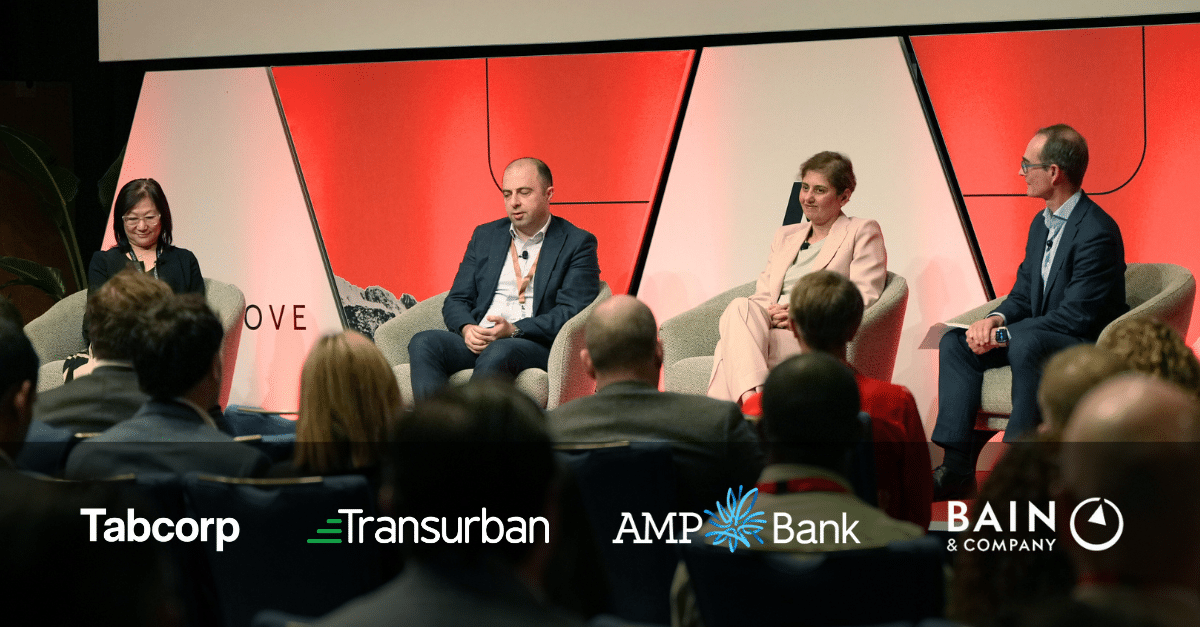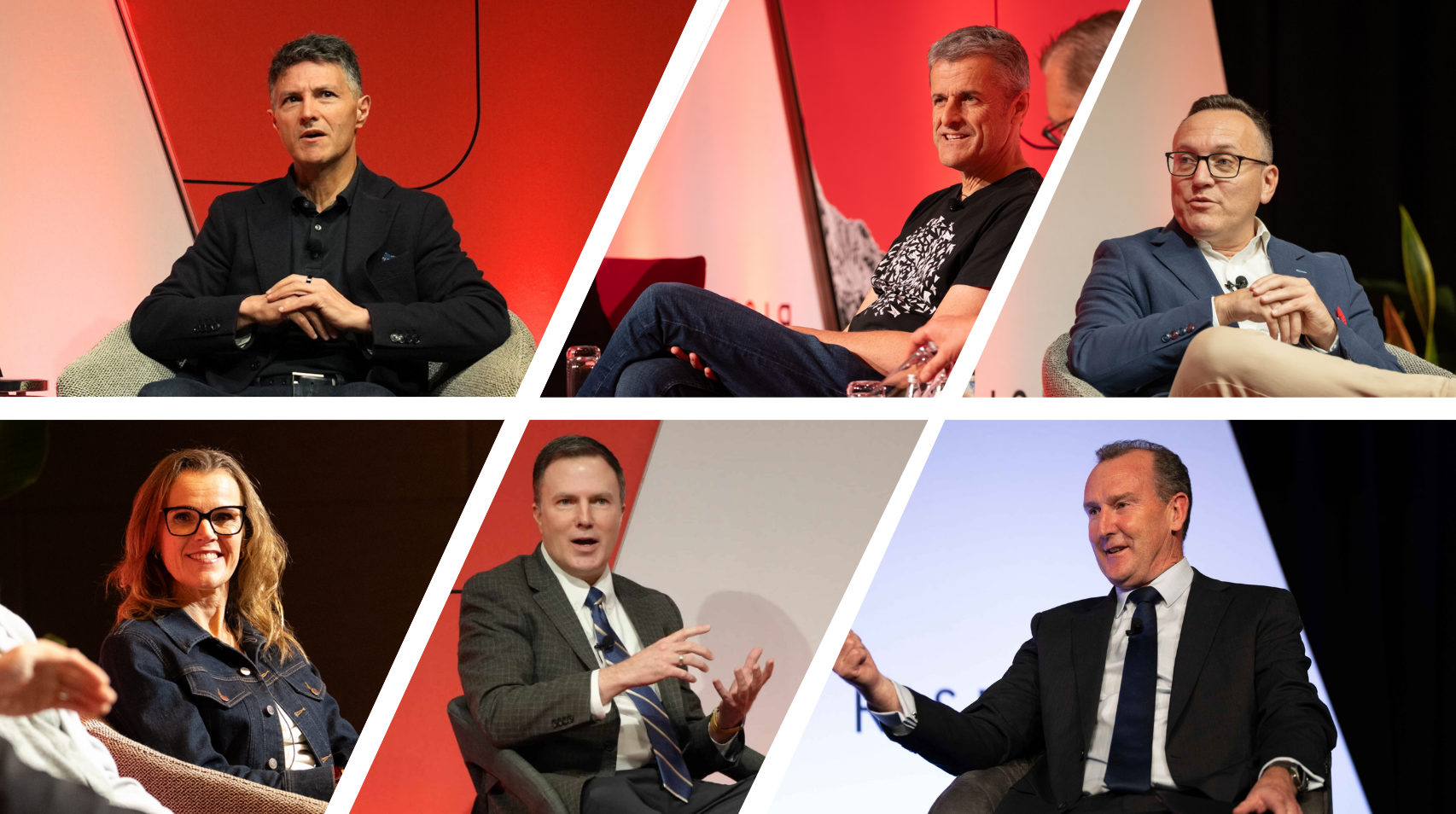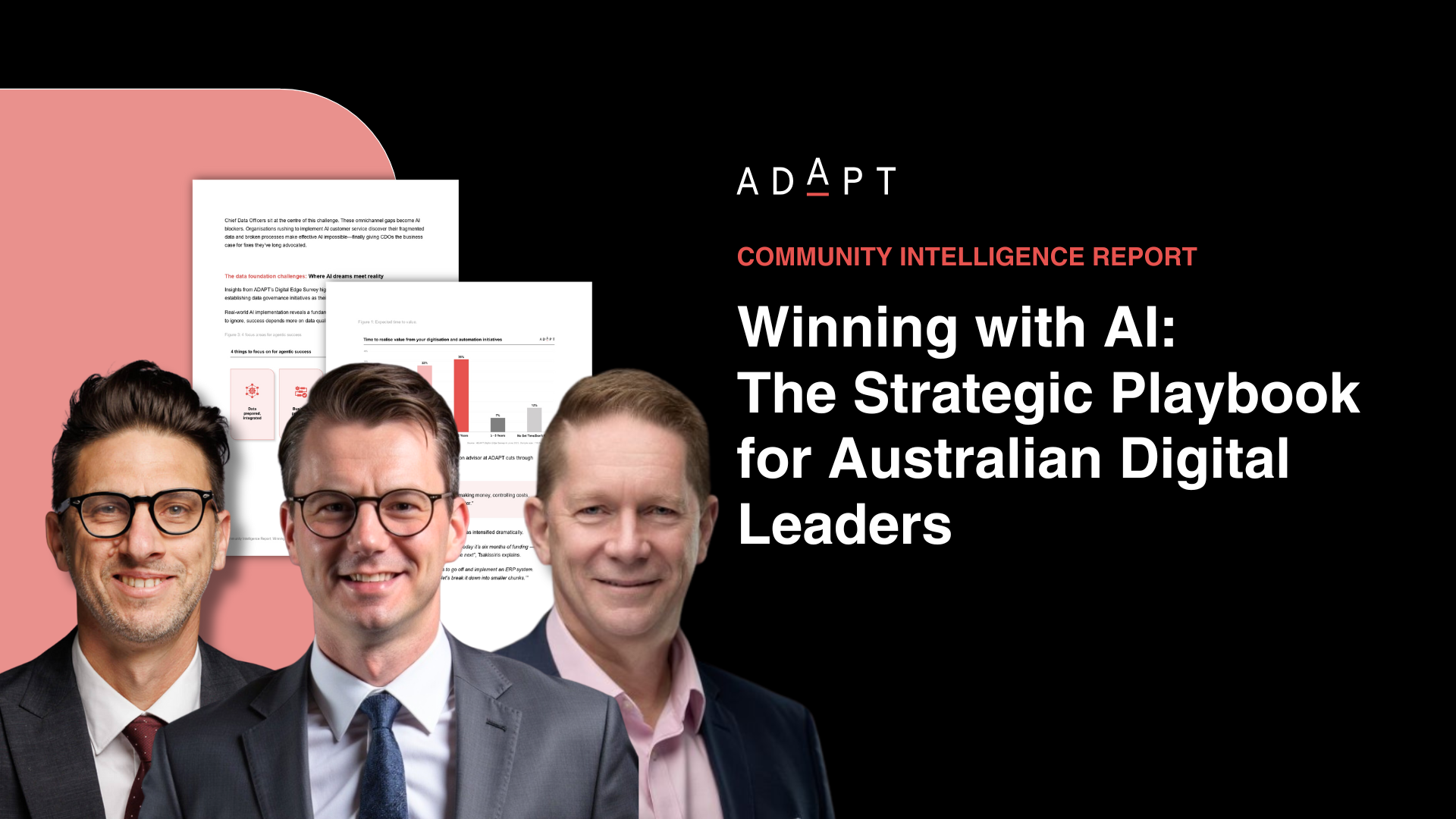Business and tech leaders from AMP, Transurban, and Tabcorp reveal how structure, use cases, and experimentation shape scalable enterprise AI in this Data & AI Edge panel discussion.
Richard Fleming – Partner at Bain and Company is joined by Kavitha Mistry – CTO at AMP, Artak Amirbekyan – Head of Data and AI at Transurban, and Amy Shi-Nash – Head of Analytics and AI at Tabcorp to explore how leading organisations are turning AI strategy into execution.
Amy explains that success with generative AI begins with early experimentation to move beyond the hype and uncover practical opportunities and risks.
She highlights the transformational potential of unlocking unstructured data using tools like knowledge graphs, which help surface value from underutilised information.
This foundation enabled her team to shape a grounded AI strategy with clear guardrails.
Kavitha builds on this by emphasising the role of strong leadership, crediting AMP’s CEO as the sponsor of their AI journey.
She describes a structured approach to capability building, including a centralised AI hub, responsible AI frameworks co-developed with academic partners, and a flexible tech stack to avoid vendor lock-in.
Adoption is promoted through tailored initiatives that support different roles across the business.
She notes that executive leaders are critical enablers of domain-specific applications, from everyday productivity to customer experience transformation.
Artak focuses on the importance of well-defined use cases to link AI with business value.
At Transurban, close collaboration with business units has led to high-impact deployments, such as using generative AI to enhance fraud detection through greater explainability.
He also notes that AI benefits extend beyond cost and efficiency, citing ventilation optimisation as a surprising contributor to sustainability goals.
Reflecting on lessons learnt, the panel agrees that strong governance, uplift of internal capabilities, and hands-on engagement are vital.
Kavitha advocates a “go slow to go fast” mindset. Amy emphasises personal experimentation to keep pace with change. Artak stresses that choosing the right first use case is essential to build credibility and momentum.
Key takeaways
- Start with experimentation and clear use cases – Early prototypes help cut through hype, reveal value, and inform realistic AI strategies. A well-chosen first use case builds trust and momentum.
- Build capability through structure and leadership – Executive sponsorship, responsible frameworks, flexible tech, and role-based adoption strategies are critical for safe, scalable enterprise AI.
- Combine governance with internal talent and learning – Success depends on strong governance, cross-functional collaboration, and a learning culture that encourages experimentation and adaptation.




